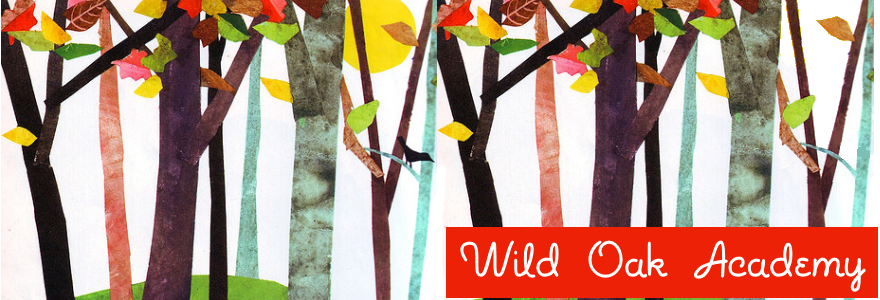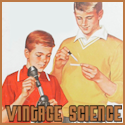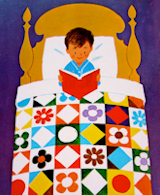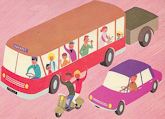Today we finally started on what will be a whirlwind Geology unit by studying plate tectonics and the Earth's composition. We covered quite a bit, because I made a spur of the moment decision to go on a field trip this weekend and wanted to make sure we got through the necessary material in time!
For starters, we read Chapter 1 from The Geology Book by Dr. John Morris. We used an orange to further discuss the Earth's interior layers, did this composition lesson and then completed this handout.
Next, we read from the highly informative booklet that came with our Thames & Kosmos Earthquakes & Volcanoes Kit. We completed the tectonic plate puzzle included in the kit: And we learned how plates pull and slide, creating volcanic eruptions, mountain ranges (the frosting didn't work so well!)...
And we learned how plates pull and slide, creating volcanic eruptions, mountain ranges (the frosting didn't work so well!)... and earthquakes:
and earthquakes: We built this Geoblox earthquake model (discovered via Restoration Place) and the "Earthquakes & Volcanoes" model globe project - showing the world's volcanic regions:
We built this Geoblox earthquake model (discovered via Restoration Place) and the "Earthquakes & Volcanoes" model globe project - showing the world's volcanic regions:


 We learned about the Pacific Ring of Fire, and lastly, discussed seismographs, the Richter scale and the Mercalli scale. Tonight we will be watching IMAX: Ring of Fire; some additional ideas and resources I've collected are listed below.
We learned about the Pacific Ring of Fire, and lastly, discussed seismographs, the Richter scale and the Mercalli scale. Tonight we will be watching IMAX: Ring of Fire; some additional ideas and resources I've collected are listed below.
Teaching Resources
- Geologic and Paleontologic Cook Book: Edible goodies for teaching & fun; from the University of Kentucky.
- Earth Science Teaching Resources: From Science-Teachers.com
- The Earth's Structure: Complete 4th grade unit on the earth's composition, earthquakes and volcanoes; from Core Knowledge.
- Shake, Rattle and Roll: Complete 6th grade unit on earthquakes; from Core Knowledge.
- Compositon of the Earth's Crust: A wonderful lesson plan to introduce the eight basic elements that make up the earth's crust.
- Layer Cake Geology
- Plate Tectonics with an Orange
- Gelatin Experiment (Conducted over 4 days):
A. Make and pour the red gelatin in a glass pan. This represents the core (outer and
inner) of the earth. Refrigerate.
B. Add a layer of orange gelatin. Represents the hot liquid that can melt rocks.
(mantle) Refrigerate.
C. Add a layer of lime gelatin with chopped fruit. Represents soil, mud, and rocks in
the crust. Refrigerate.
D. On the fourth day, review the experiment/layers and eat it. - Milk Chocolate Movement: Using any type of candy bar that has several layers, take a plastic knife and make 2-3 cracks across the middle of the candy bar. The cracked chocolate layer represents the plates of the earth’s lithosphere. Stretch the candy bar, pulling it apart just a little. The exposed caramel represents the new material that rises to form new crust (divergence). Then, push the candy bar back together. Add pressure to form “mountains”. Then, slide one chocolate “plate” beneath another (convergence). Continue to push and pull to observe the movements of the plates and the effects this has on the surface of the earth. Have students draw/record their observations on the “Milk Chocolate Movement” worksheet.
Labels: Science





















